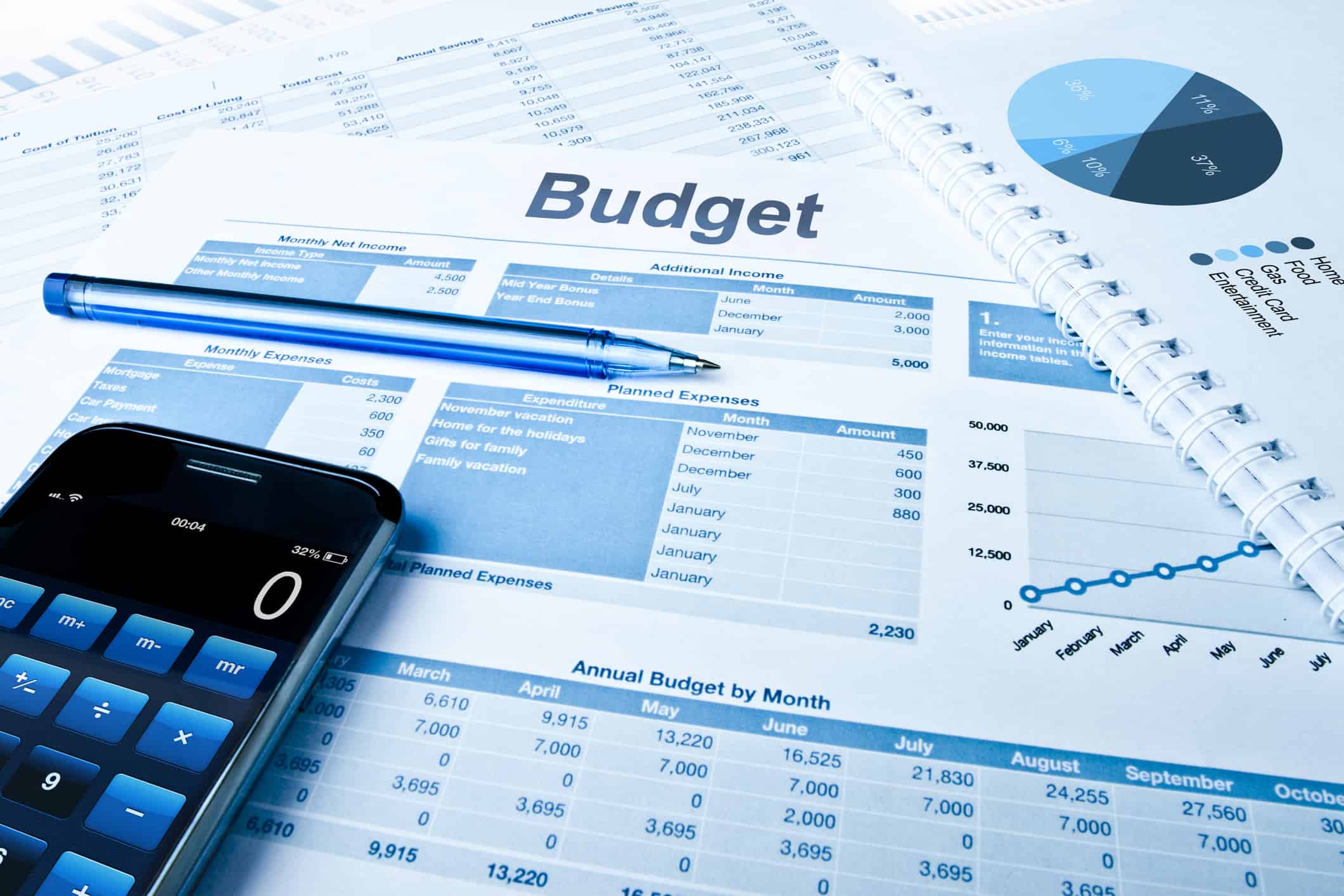
What’s the one thing that every person knows about their finances?
There’s never enough money.
Beyond that, Laura Cole, University of Tennessee Masters Investment Learning Center director, said most people don’t know the specifics of how their paycheck is spent. And even if they do have their finances perfectly organized, Cole said many times folks miss the boat when it comes to one of the easiest ways to save – and make – money. Investing.
But in a technologically driven world, there’s always an app ready and waiting to help.
Here are four personal finance apps that will make your life easier, no matter what financial stage of life you’re in.
Wally
Cost: Free
Best for: Organizing and budgeting money with a small amount of accounts open.
How it works: After each purchase, the user enters the purchase information into the app. This can be done manually, or by taking a photo of a receipt.
Pros: Wally is good for users who are new to the personal finance world, Cole said. That means people with a few credit cards, no car loan, no mortgage, etc. Wally helps these users get into the habit of inputting their purchases, so money spent is actively on their minds. The breakdown of spending is strong, as well, Cole said. It’s easy to tell where the paycheck is going down to the dollar.
Cons: Purchases have to be done manually or through a receipt photo, which is still not the most convenient process. Cole also noted that this is only available on a phone, and there is no bill pay option.
Mint
Cost: Free
Best for: Organizing and budgeting money with a high number of accounts open.
How it works: The user links all accounts to Mint, including credit cards, banks accounts, loans, investments, property owned, etc. The app tracks purchases automatically and tracks spending trends.
Pros: With this app, the user works hard on the front end for minimal work beyond that and a strong cash flow analysis. The average consumer has between seven and 10 cards plus multiple bank accounts (double that if the user has a spouse), Cole said. Mint combines all these into one overview of spending, with breakdowns of personalized budgets. Mint also has a bill pay feature and is available on a desktop.
Cons: The effort setting up Mint on the front end could be seen as a con, even if it’s worth it.
Acorns
Cost: $1 per month for accounts under $5,000; 0.25 percent of the balance per year for accounts over $5,000
Best for: Saving enough money to start investing; Introduction to investing
How it works: The user selects ways to save money, either through a recurring weekly input, a round-up feature (a purchase is $1.45, Acorns rounds up to $2 and saves the $0.55 for the user), or both. Acorns will also ask a few questions to determine the type of investor the user is – high-risk, low-risk, long-term, short-term, etc. – and invests money saved into a mix of Vanguard mutual funds to help the user meet their goals.
Pros: Acorns is a great introduction to investing, Cole said. It automates the process of selecting investment funds that best match the goals of each user. The app also provides a projected value based on the current investment settings in the app. “You don’t have to be a genius. You just have to be consistent and patient” to use Acorns, Cole said.
Cons: For users who have a general idea of how investing works, Acorns can be a little too controlling since the user relies on the app to select investment funds.
Stash
Cost: $1 per month for accounts under $5,000; 0.25 percent of the balance per year for accounts over $5,000
Best for: Investing
How it works: This app is best utilized when started with at least $1,000, Cole said. Stash has 30 investment portfolios made up of various blends of ETFs and stocks for the user to put money into
Pros: The user has more power to select where money is being invested. The user can align investments with their own knowledge of each theme’s current performance.
Cons: Stash doesn’t provide projections of how much money is expected to be earned over time.

